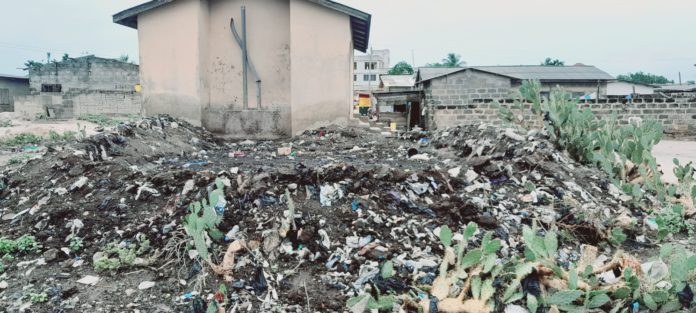The theme for the 2022 World Toilet Day is Making the Invisible Visible with a focus on the impact of poor sanitation on groundwater.
It will also focus on how inadequate sanitation systems spread human waste into rivers, lakes and soil, polluting underground water resources.
Everyone must have access to a toilet connected to a sanitation system that effectively removes and treats human waste. The link between sanitation and groundwater cannot be overlooked.
Why? The transmission of diarrhoeal disease is via faecal contamination of drinking water and food sources and is affected by climatic factors such as rainfall, temperature, humidity and drought.
Temperature is known to influence diarrhoea by increasing the populations of diarrhoeal pathogens, including various bacteria (e.g. Vibrio cholera and Escherichia coli) and protozoa (e.g. Giardia, Cryptosporidium and Cyclospora spp and Entamoeba histolytica).
Heavy rainfall with subsequent flooding can increase loadings of faecal matter from areas with poor sanitation facilities into surface waters and lead to outbreaks of diarrhoeal and other water-borne diseases.
To address some of these challenges, the Coastal Communities Resilience to Climate and Diarrhoea (C2R-CD) project of the University of Ghana, led by the Institute for Environment and Sanitation Studies has been collecting water samples from identified water sources within the Eastern and Central coasts of Ghana to identify trends and seasonal variations in water quality in Anyako, Anyanui and Atiteti (Volta Region) of the eastern coast, Opetekwei/Gbegbeyese (Greater Accra Region) and Mumford (Central Region) of the central coast.
The expected outcomes of the study will inform policy formulation and actions by the government of Ghana to improve diarrhoea management.
The project believes together we can make universal access to toilets by the Sustainable Development Goal (SDG) end time of 2030 a reality.


